In nature, there are more symbiotic relationships than we could ever imagine. From the garden in our backyard to the great African wilderness, photographer and owner of Track & Trail River Camp, Peter Geraerdts, explains how the many forms of symbiotic relationships take shape…
Images and words by Peter Geraerdts
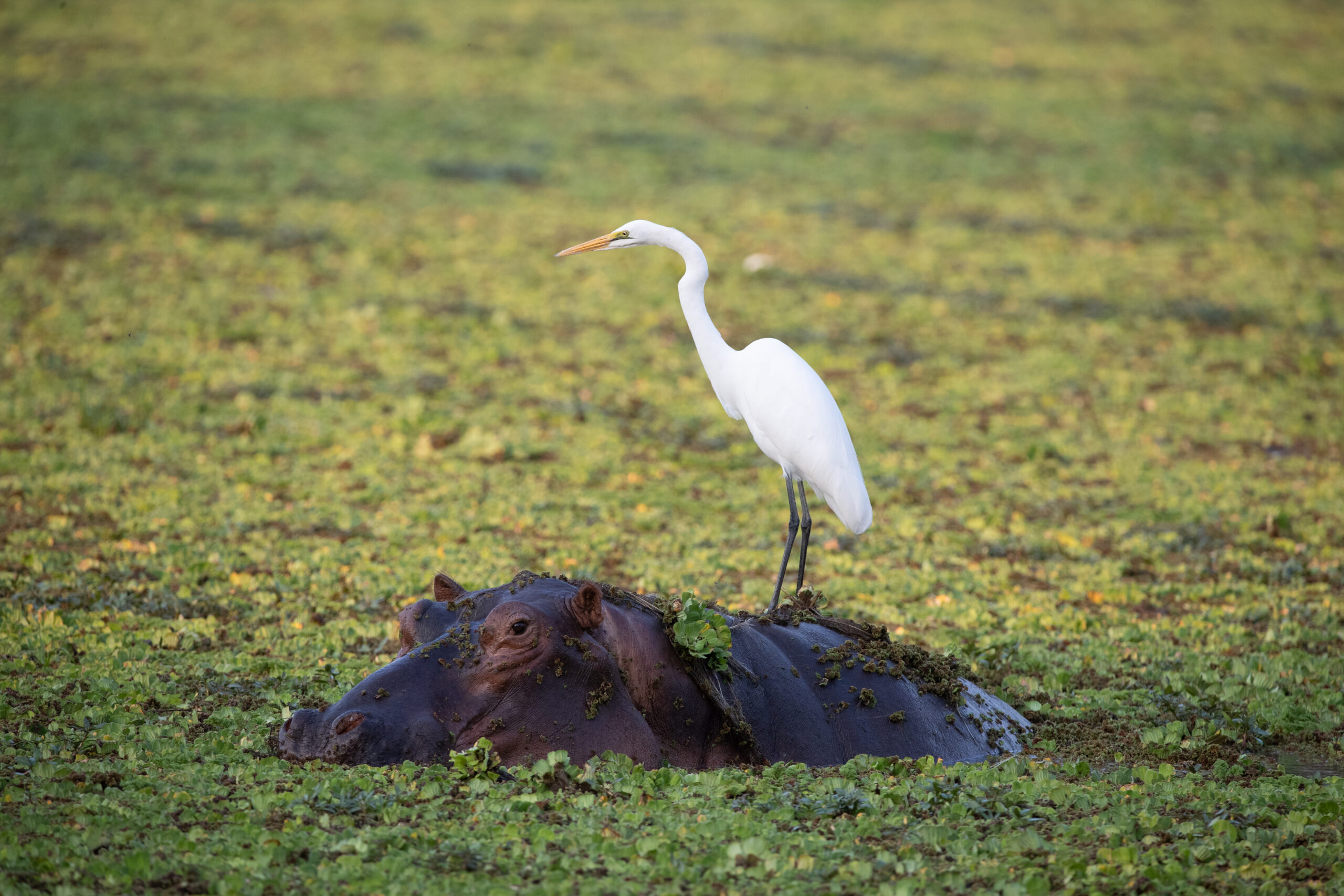
‘Symbiosis’ comes from the Greek words “with” and “living”. Symbiotic relationships are the close associations between two different species, and in nature, there are more symbiotic relationships than we could ever imagine.
The many different forms of symbiosis can easily be seen in the backyard of your garden, such as the relationship between aphids and ants. While the ants protect the aphids from enemies like the ladybird, the aphids produce honeydew for the ants to consume in return.
Although there are some exceptions, symbiosis is generally mutually beneficial.
Mutualism
Those who have been to Africa will most likely remember that some antelope and other grazers are accompanied by oxpeckers, both red-billed and yellow-billed. This form of symbiotic relationship is known as ‘mutualism’ as both species benefit from one another. In this case, the oxpecker will feed on the ectoparasites (flees, ticks and blood-sucking flies,) while the mammal will get a free skin-and parasite control treatment. For some animals, the ox pecker can be trouble when consuming too much blood from an open wound, causing it to open up. Animals with poor eyesight, such as the rhino, rely on certain tell-tale signs from these birds to warn them about potential nearby predators – suddenly flying away or alarm calls signal danger. This joint operation is one of the most successful symbiotic relationships in nature.
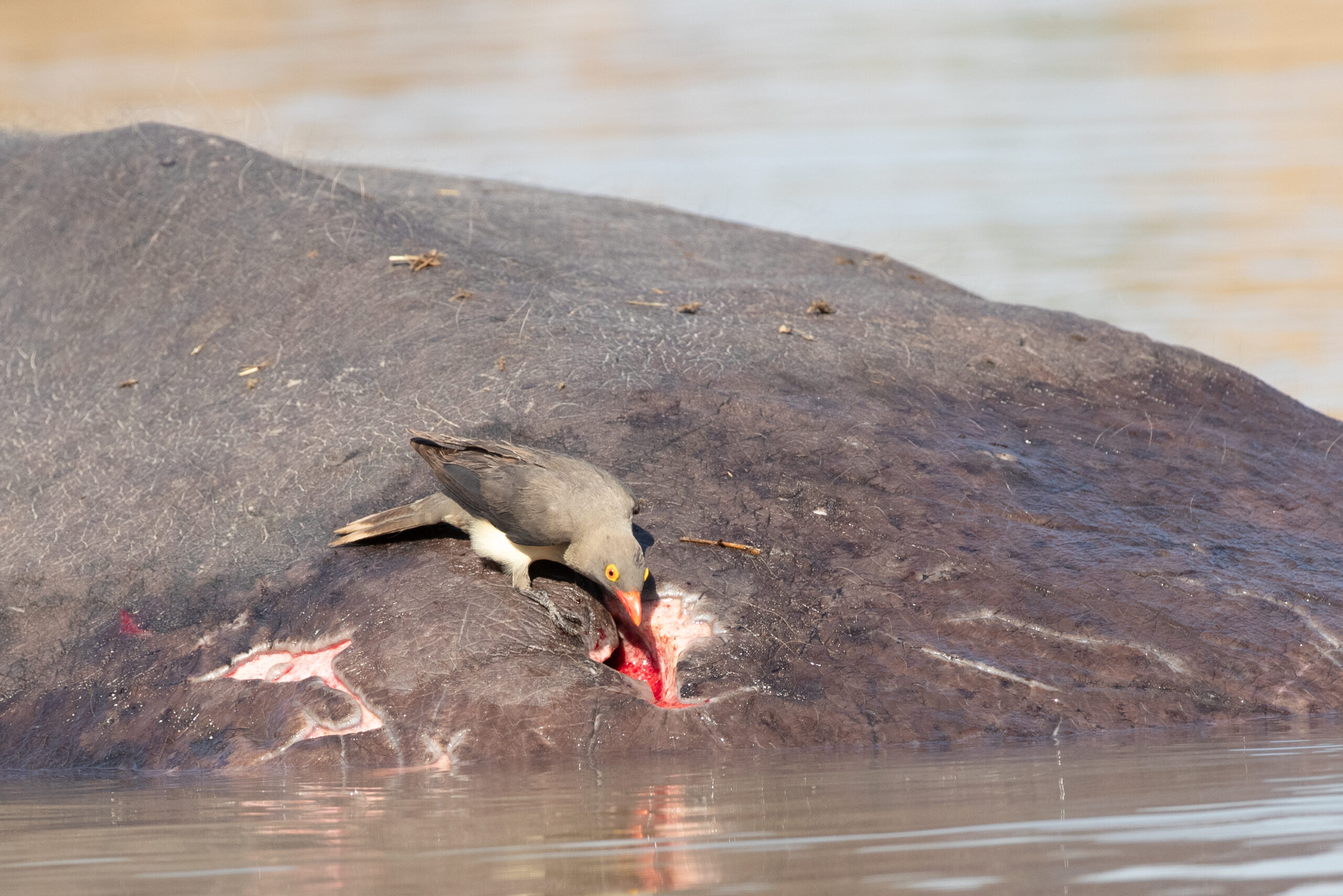
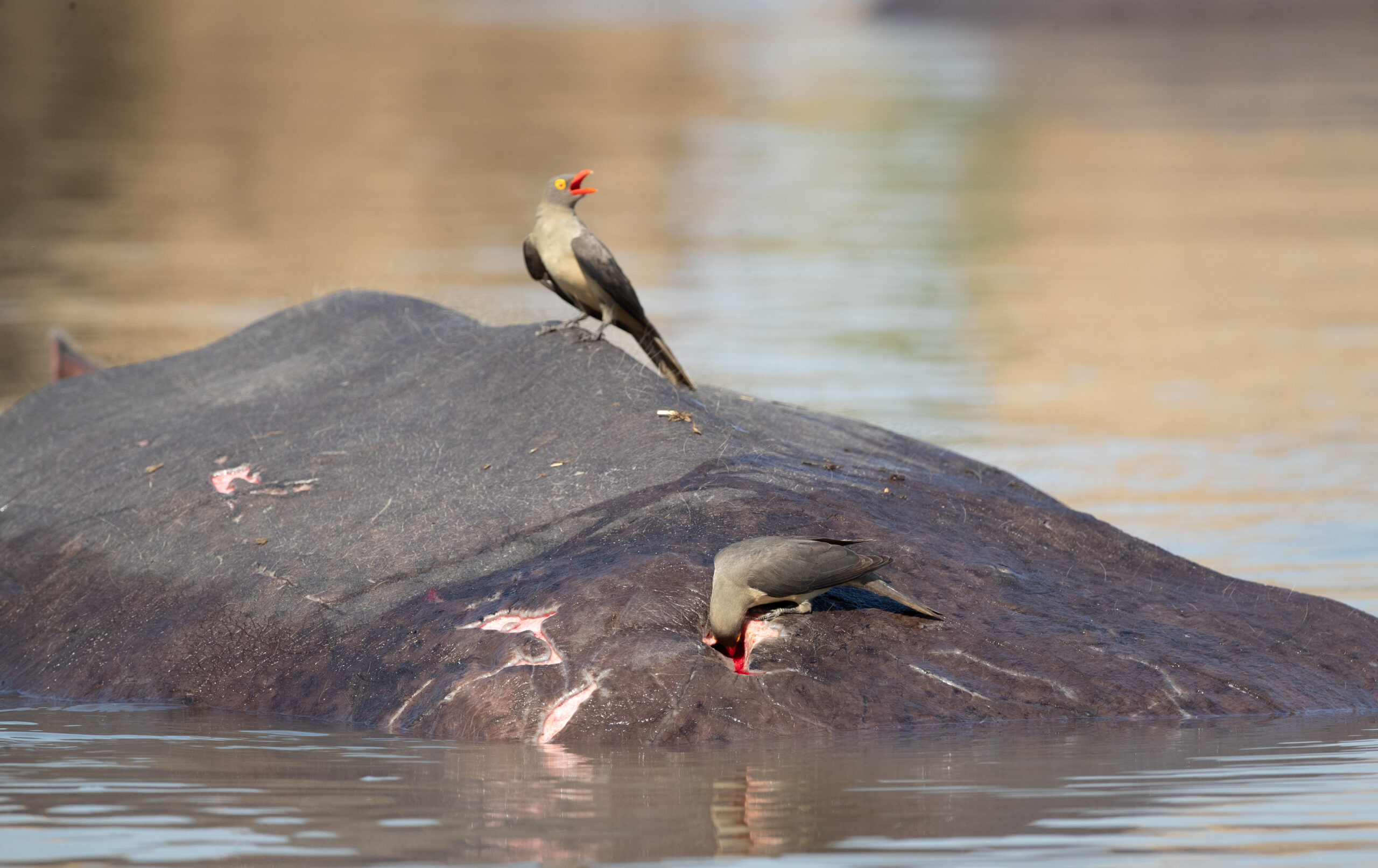
One of nature’s oldest symbiotic relationships is that of winged insects and flowering plants, which depend on one another for survival. Plants, trees and shrubs have a strong symbiotic relationship with insects and will produce colourful flowers or scents as a way to entice the insects to feed off of the nectar, subsequently pollinating the flowers. Insects will hop from flower to flower spreading the pollen they carry on the microscopic hairs of their legs and bodies.
Some fig trees have a sole symbiotic relationship with a certain type of wasp, which is the only insect responsible for pollinating this type of tree. Even some birds, like sunbirds, can effectively pollinate flowers by transferring the pollen to the stigma via the birds’ feet.
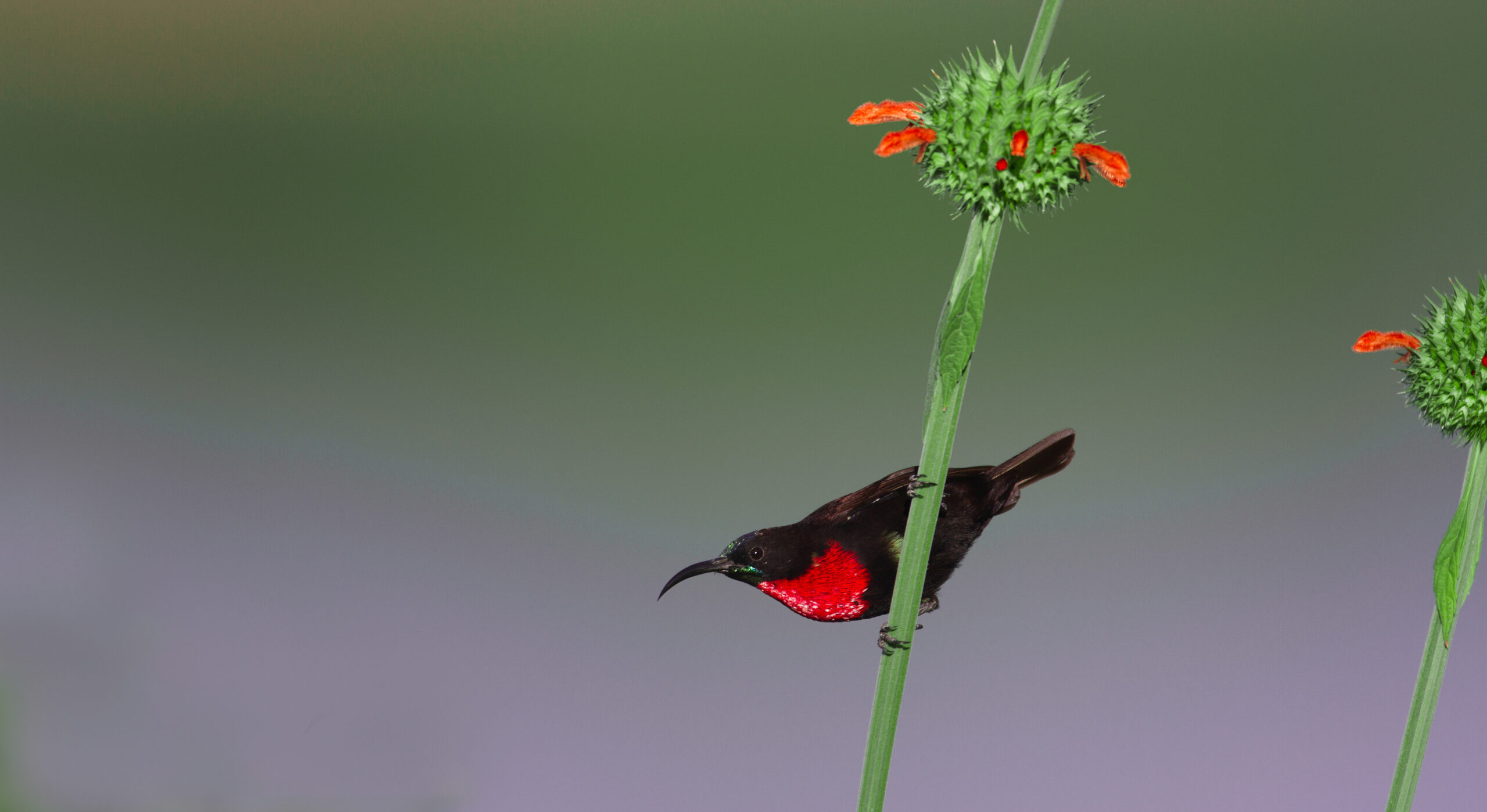
Commensalism
‘Commensalism’ is a type of symbiotic relationship between two different animal species whereby only one of them benefits. The other is neither helped nor harmed. What is commensalism? In Latin, commensalism means ‘to eat at the same table’.
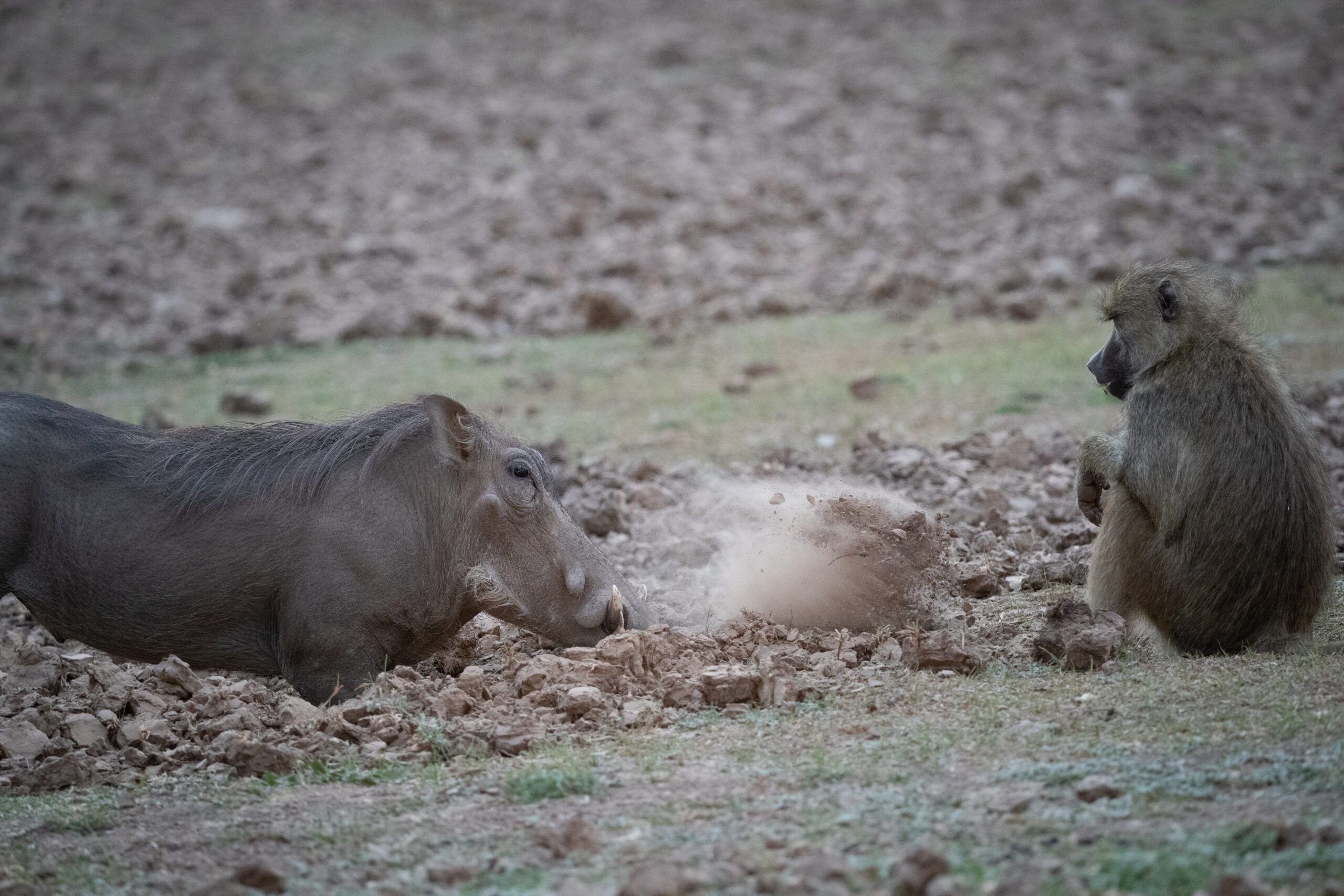
Parasitism
Parasitism occurs in a group of symbiotic relationships. This implies the relationship between two non-relating species and where one benefits at the expense of the other; ticks or mosquitos feeding off of our blood is one such example.
Too many parasites can be harmful to mammals as parasites can be carriers of diseases. In the Valley, a good example of parasitism is the hyena that takes advantage of a leopard’s hunting skills – it is no coincidence that you’re likely to spot a leopard nearby when there’s a hyena around. Hyenas keep an eye on leopards especially after sunset when leopards go out to hunt. If the leopard is successful, it doesn’t go unnoticed. Whatever prey there might be, it often comes with alarm or stress calls which will in turn attract the hyenas who then can parasitize the leopard with a kill. This is why you will find leopards hiding their prey up in the tree if possible…far away from the parasite’s grasp.
Some of these leopards are willing to break the routine of night-hunting and will risk daytime hunting to minimize the change of hyenas capitalizing on their kill, as hyenas are less active during the day and would rather stay close to the den.
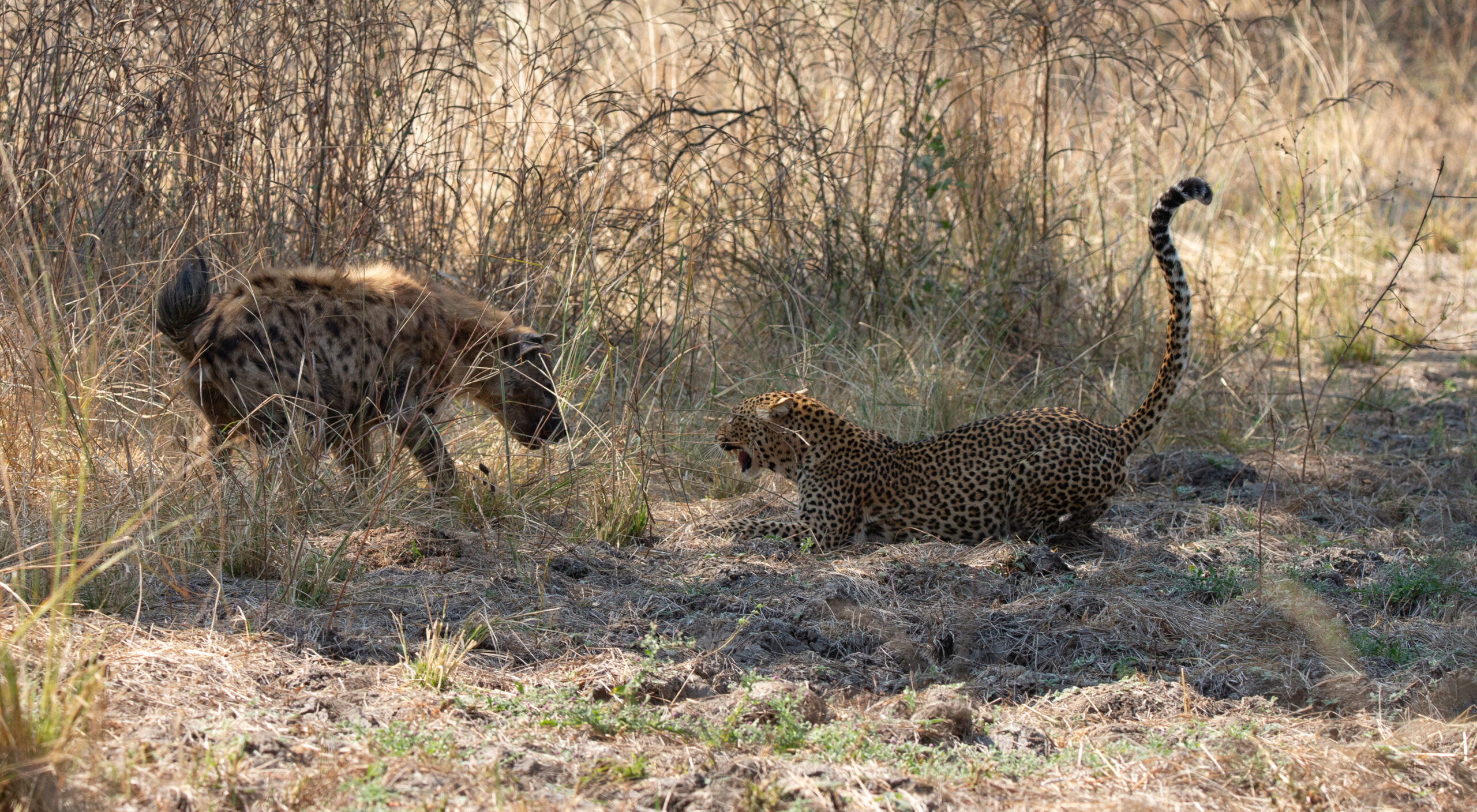
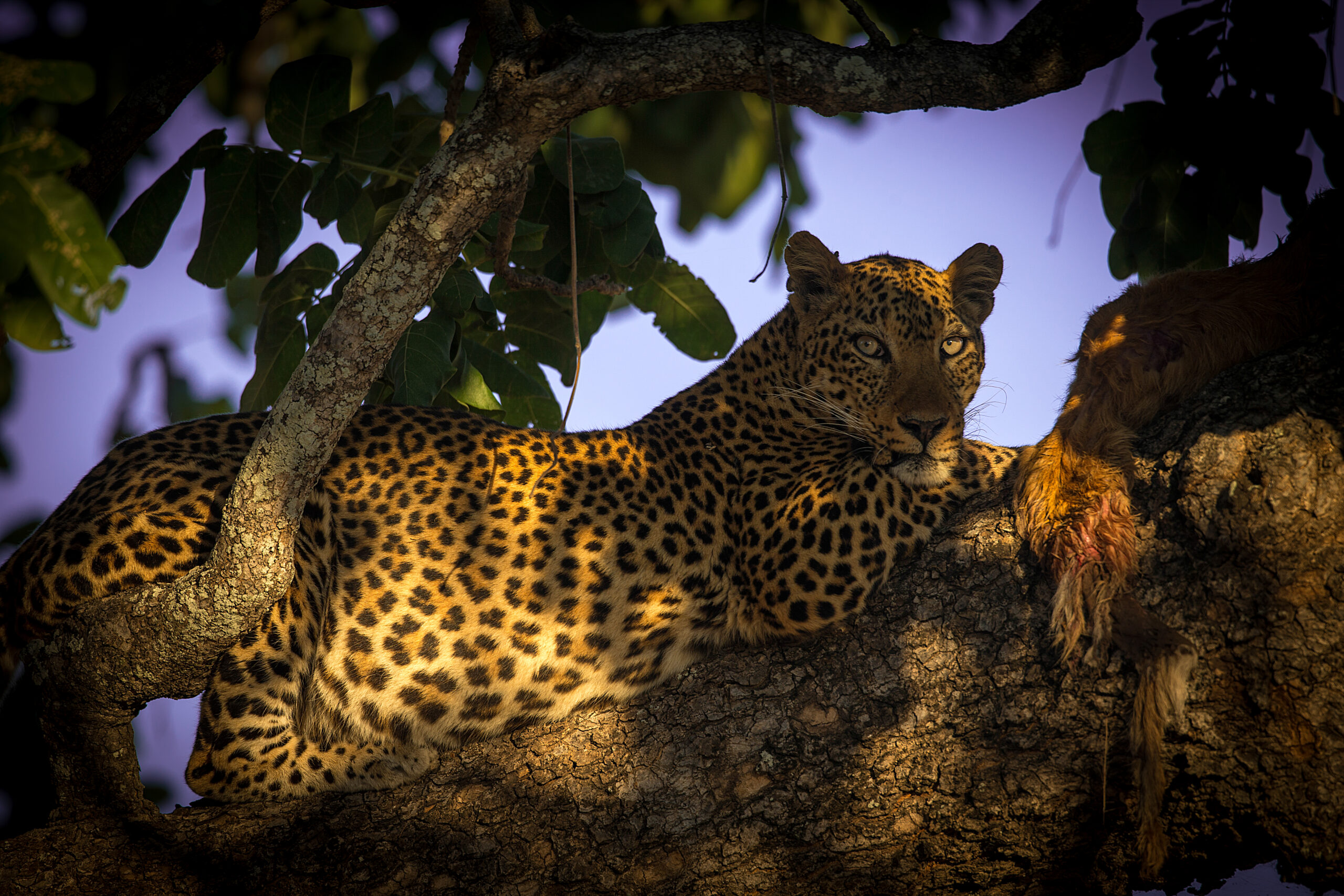
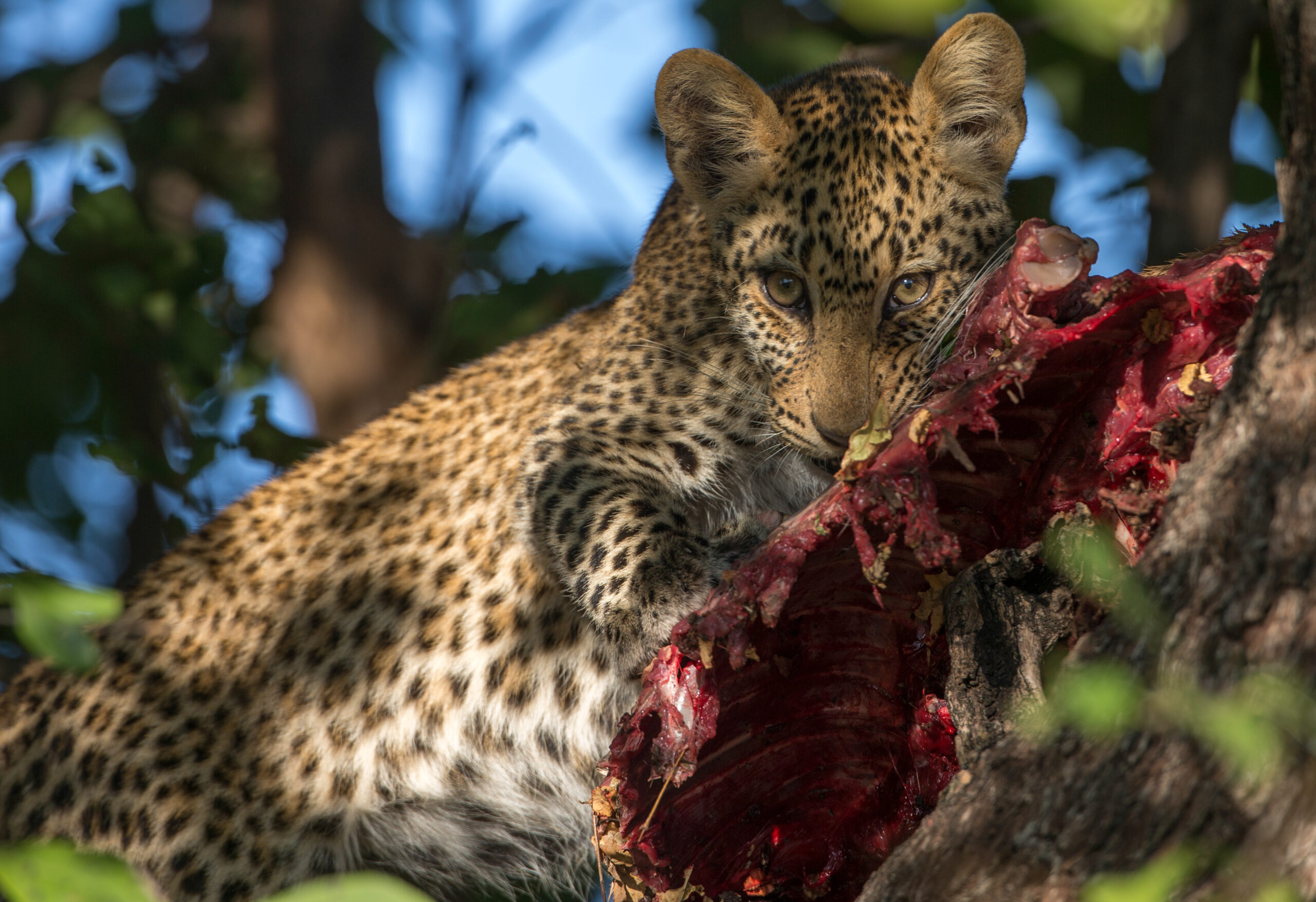
There are many examples of symbiotic relationships throughout the natural world. Non-ruminants (animals who don’t regurgitate food) such as zebra, elephant, warthog, hippo and rhinos eat lots of plants that are high in cellulose fibre, even though their bodies don’t produce the enzymes for breaking down cellulose. However, their digestive tracts contain symbiotic microorganisms that break down the cellulose into smaller pieces that the animals can digest. These microorganisms are present in a sac, called the caecum, which is located between the two intestines.
Why do zebras always look so healthy with their rounded bellies? Zebras are dependent on the bacteria in the caecum to digest their food. This process, known as fermentation, produces volatile fatty acids, as well as tremendous amounts of gas. Gas production is normal. A zebra will eat a lot more than a ruminant would, often causing it to develop a “hay belly” or bloated belly. This is not fat, but rather evidence of healthy gas production. It is no wonder that zebras and elephants trump like troopers!
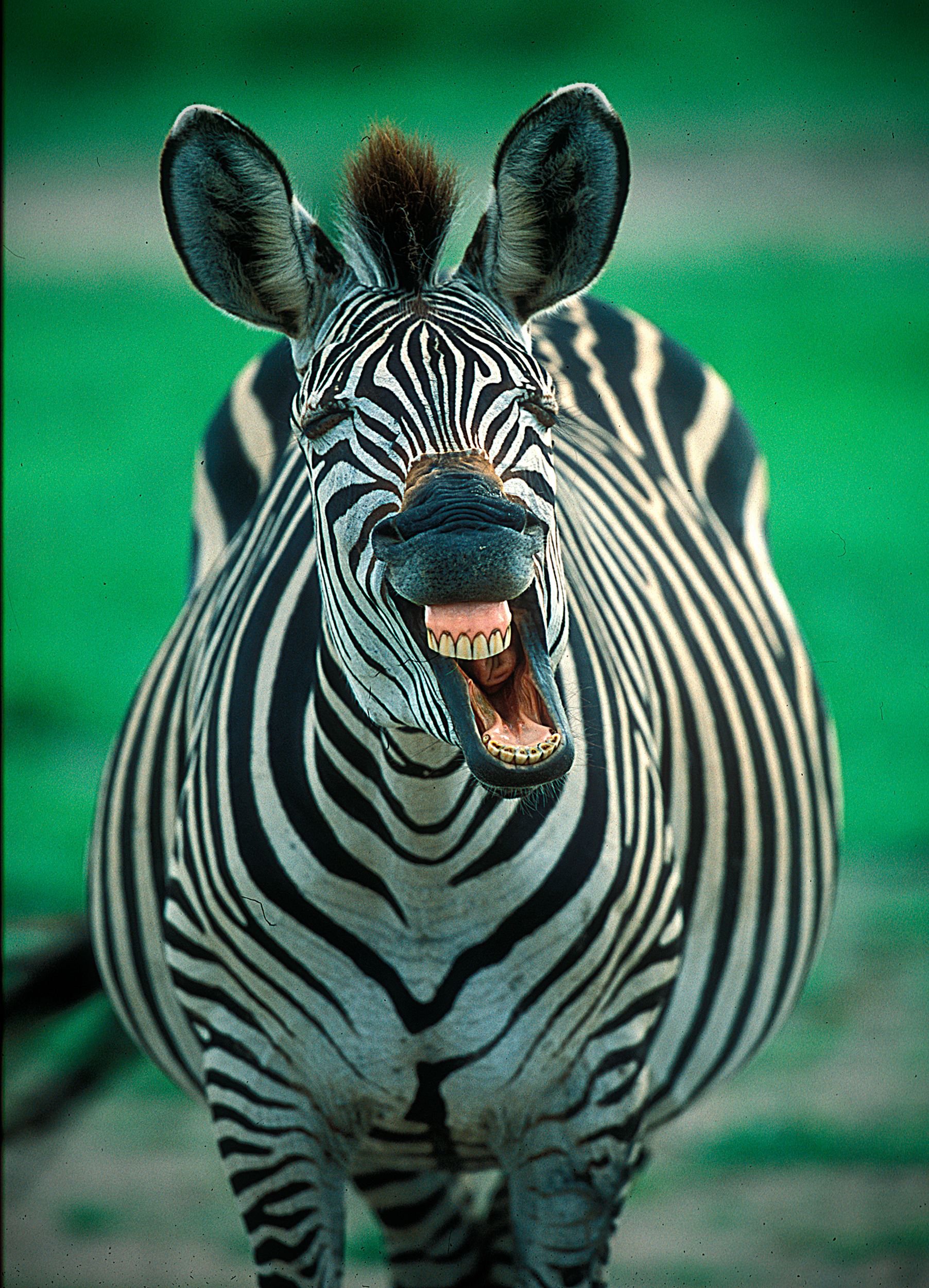
All forms of Symbiotic relationships are important for a healthy ecosystem, which contains the complexity of living organisms, and their inter-relationships in their natural environment.
Treasure and picture it!
 Peter Geraerdts
Peter Geraerdts
My name is Peter Geraerdts. I run Track and Trail River Camp in South Luangwa. I’m specialized in safaris and photography. My safari camp is situated on the riverbank of the Luangwa just 5 minutes away from the entrance to the National Park.

Leave A Comment